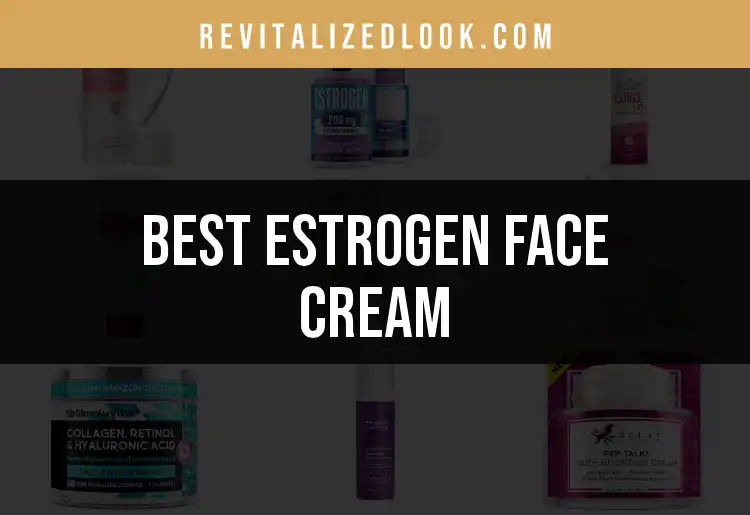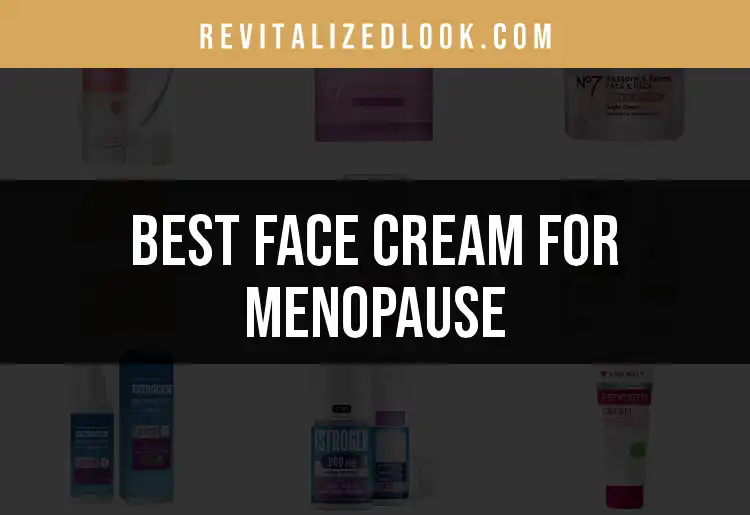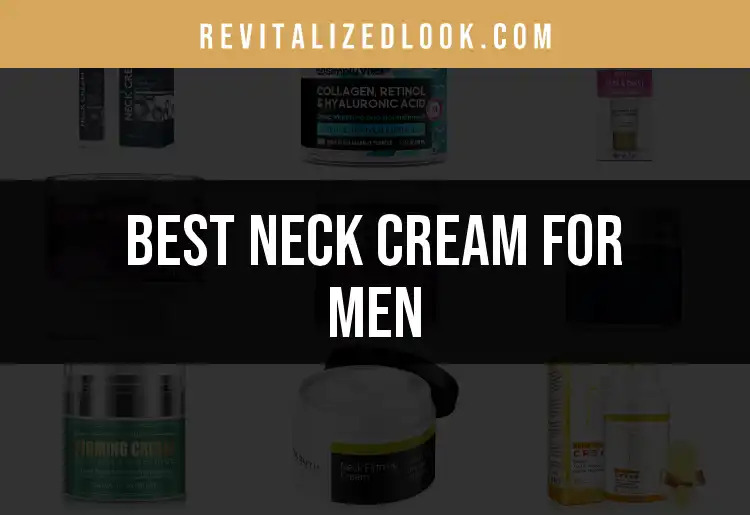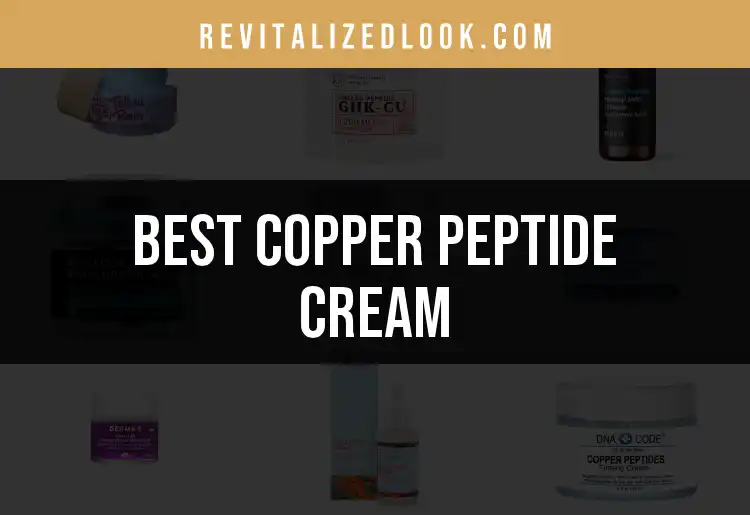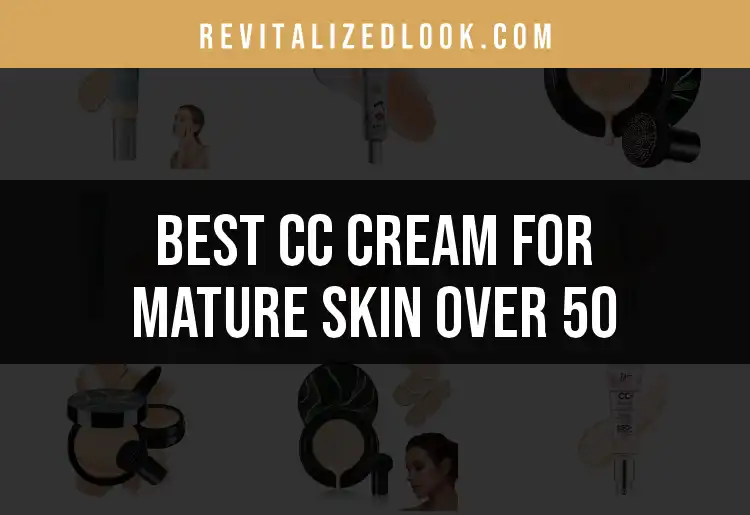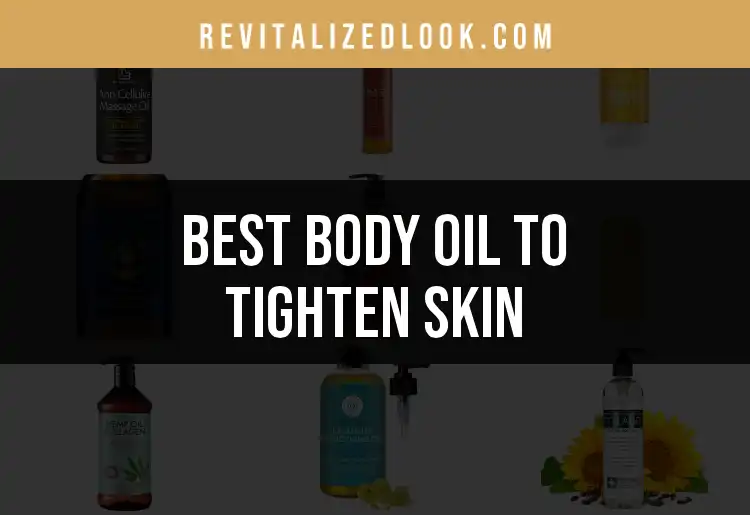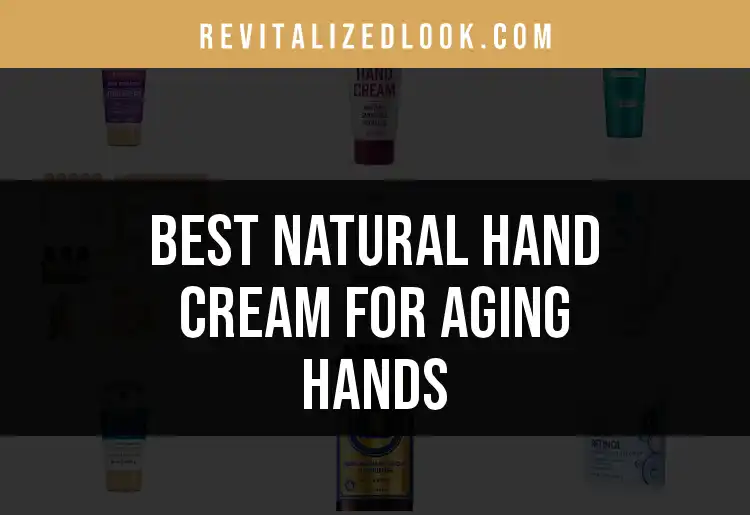Introduction to Creams & Oils in Anti-Aging
The pursuit of healthy, youthful skin isn’t just about genetics or luck—it’s driven by the choices we make in our skincare routines. Creams and oils, when used intentionally, can deliver powerful anti-aging benefits that support your skin through the years. Topical products are unique in their ability to target visible signs of aging, from dryness and dullness to fine lines, deep wrinkles, and uneven tone.
Creams and oils do more than hydrate. They act as vehicles for potent anti-aging actives and protective ingredients, complementing other elements of an anti-aging regimen like sunscreen, diet, and lifestyle modifications. Whether you’re dealing with specific concerns like sagging on the neck or crepey skin on the body, or simply want to age gracefully, the right topical formulation makes a significant difference.
Selecting creams and oils is not a one-size-fits-all affair. Different skin types, ages, and environmental factors call for tailored approaches. In this comprehensive guide, you’ll discover everything you need to know about choosing, applying, and optimizing the latest and most effective anti-aging creams and oils—fully equipping you to make smart, science-backed decisions.
Understanding the Basics of Creams & Oils
Types of Creams and Their Formulations
Creams are usually emulsions—a blend of water and oil—engineered to deliver hydration and active ingredients into the skin. There are several types:
- Hydrating Creams: These focus on replenishing moisture and supporting the skin barrier—ideal for those with dryness, especially due to aging.
- Nourishing and Restorative Creams: Packed with vitamins, ceramides, and fatty acids, these creams rebuild skin resilience and calm inflammation.
- Active Ingredient-Enhanced Creams: Infused with anti-aging powerhouses like retinoids, peptides, and antioxidants, these products target wrinkles, pigmentation, and loss of elasticity.
Types of Oils Used in Anti-Aging
Facial and body oils bring their own unique strengths:
- Natural Oils: Argan, rosehip, and jojoba oil are favorites, rich in essential fatty acids, antioxidants, and vitamins. Each provides deep hydration and helps smooth texture.
- Essential Oils: While highly concentrated and used sparingly, these can address inflammation or add a sensory experience. Always patch-test first, especially on mature or sensitive skin.
How Creams and Oils Work at the Skin Level
The real magic of creams and oils lies in their interaction with your skin’s structure:
- Barrier Repair: They replenish lipids and support the skin’s natural barrier, locking in moisture and protecting against environmental stressors.
- Delivery of Actives: Modern formulations use advanced delivery systems so active ingredients can penetrate deeply, where they stimulate collagen production and cellular renewal.
- Anti-Inflammatory & Antioxidant Action: Many creams and oils contain botanical extracts and compounds that quell inflammation and neutralize free radicals, directly addressing common causes of skin aging.
Key Ingredients in Anti-Aging Creams & Oils
You’ll find a spectrum of skin-transforming ingredients in anti-aging topicals. Here are the standouts:
- Retinoids: Potent vitamin A derivatives such as retinol and retinyl palmitate help stimulate collagen, smooth wrinkles, and fade discolorations.
- Peptides: Short chains of amino acids—including copper peptides—signal skin cells to boost repair and regeneration.
- Antioxidants: Vitamins C & E, ferulic acid, and green tea extract help counteract the damage from UV rays and pollution.
- Hydrating Agents: Hyaluronic acid, glycerin, and squalane draw moisture into the skin for a plumper, more youthful look.
- Natural Oils and Botanicals: Plant extracts and oils not only hydrate but also soothe irritation and boost the absorption of other actives.
- Innovative Ingredients: Growth factors and collagen stimulators represent the cutting edge, aiming to accelerate the skin’s renewal processes even further.
Specialized Topical Products for Specific Concerns
Neck Cream for Men
The neck is often one of the first areas to display visible aging, yet it may not receive the specialized attention it deserves—especially in men. Thicker skin, coarser hair follicles, and increased daily sun exposure put men at unique risk for drooping, wrinkling, and uneven tone across the neck.
A targeted neck cream formulated for men usually contains potent firming ingredients, moisturizers, and sometimes mild exfoliants. Learn about essential product features, and explore expert picks at the best creams designed specifically for men's neck care.
Applying a neck cream is different from using a facial moisturizer; focus on upward strokes to encourage lifting, and don’t neglect the sides and back of the neck. Men benefit from formulations that absorb quickly, are non-greasy, and tackle post-shaving irritation.
CC Cream for Mature Skin Over 50
Aging brings changes in skin tone, texture, and resiliency—making multi-tasking anti-aging products especially valuable. CC creams (short for color correction) address several concerns at once: hydrating, providing light coverage, blurring imperfections, often incorporating SPF, and actively working to reverse visible signs of aging.
If you're over 50, look for a CC cream designed for mature skin, boasting ingredients like peptides, antioxidants, and hydrating complexes. For expert recommendations tailored to this age group, see the top CC creams for mature skin over 50.
A well-chosen CC cream evens out skin tone without settling into fine lines—making it a go-to product for minimum effort and maximum radiance.
Copper Peptide Cream
Copper peptides are among the most exciting advancements in skin rejuvenation. These naturally occurring complexes enhance skin healing, boost collagen and elastin production, and significantly improve signs of aging. Clinical studies suggest regular peptide use can diminish wrinkles, enhance firmness, and even repair sun-induced damage.
Formulations vary widely, so it's important to choose creams with optimal concentration and proven delivery systems. To find out more about this cutting-edge ingredient—and which products deliver top-tier results—visit leading copper peptide creams for anti-aging.
For best results, apply copper peptide creams after cleansing, before heavier moisturizers or facial oils.
Natural Hand Cream for Aging Hands
Hands tell a unique story—they’re exposed to sun, water, and friction far more than most parts of the body. Over time they become thin, wrinkled, and susceptible to age spots. Standard creams may help, but switching to a natural hand cream is invaluable: these options avoid harsh chemicals, silicone, and artificial fragrances, instead featuring butters, oils, and botanical extracts to deeply nourish and repair.
For natural, effective options, consult our curated guide to the best hand creams for aging, sensitive hands.
Don’t just put cream on the backs of your hands—rub it into cuticles, fingertips, and wrists for comprehensive rejuvenation.
Body Oil to Tighten Skin
Body oils aren’t just for surface-level moisture—they’re packed with potent natural extracts that encourage snap-back firmness and elasticity. Oils like rosehip, argan, and grapeseed deliver essential fatty acids and antioxidants that help restore skin’s youthful texture, especially after weight loss, pregnancy, or hormonal changes.
To choose a body oil proven to firm and revitalize aging skin, check our review of body oils designed for skin tightening and smoothing.
For an added boost, apply oil post-shower while skin is damp, and massage in upward, circular motions to stimulate circulation and enhance absorption.
Retinol Body Cream for Crepey Skin
Crepey skin—thin, finely wrinkled, and lax—is a common concern for many, especially on the arms, legs, and décolletage. Retinol body creams are specially formulated to tackle these issues at scale: they increase cell turnover, smooth roughness, and rebuild collagen at the surface and subsurface levels.
If you’re struggling with crepey texture, see recommendations for retinol body creams that transform aging, sagging skin.
Introduce retinol gradually, starting at a lower frequency, then increasing as your skin tolerates. Always follow with broad-spectrum SPF during the day, as retinol can increase sun sensitivity.
Formulation and Application Techniques
How to Select the Right Product Based on Skin Type and Age
Not all skin is created equal. Oily types may do best with light, non-comedogenic creams and dry, mature skin with richer, oil-based formulas. Consider your individual:
- Age and visible concerns (wrinkles, sagging, pigmentation)
- Climate and frequency of sun exposure
- Medical history, including skin sensitivity or allergies
Layering and Combining Products
Optimal results frequently come from layering—pairing creams and oils synergistically. Apply water-based products (serums and creams) first; seal in actives with a nourishing oil. Avoid combining products with conflicting actives (e.g., retinol and vitamin C at the same time, unless in a stabilized formulation).
Best Practices for Application
- Gently cleanse skin before application for maximum absorption
- Use upward, massaging strokes to encourage lifting
- Don’t neglect traditionally overlooked areas: neck, décolletage, hands, arms
- Apply while skin is still slightly damp after showering to lock in hydration
Frequency and Routine Customization
Each anti-aging cream or oil has an ideal frequency of use. Retinols typically start at 2–3 times a week, while hydrating and antioxidant creams and oils can be applied daily. Adjust according to season, stress, and changes in your skin’s needs.
Innovations and Emerging Trends in Creams & Oils
The world of anti-aging topicals is advancing at an unprecedented pace.
Growth Factors and Stem Cell Extracts
Creams factoring in growth and stem cell extracts aim to re-educate skin cells, supporting optimal repair and communication for firmer, plumper skin.
Nanotechnology for Enhanced Delivery
New delivery systems—such as liposomes and nanoemulsions—allow ingredients to penetrate more deeply, delivering actives exactly where they’re most needed.
Personalized Anti-Aging Topicals
Brands are now customizing anti-aging creams and oils to individual genetics, environment, and lifestyle, offering bespoke solutions for maximum effectiveness.
Natural and Organic Movements
Demand for natural, organic, and eco-friendly formulations is surging. Today’s products boast sustainably sourced botanicals and clean, minimalist ingredient lists—showing that efficacy and safety can go hand-in-hand.
Expert Tips for Long-Term Results
Consistency Pays Off
The benefits of any anti-aging cream or oil compound over time. Skipping days or jumping between products hinders results. Make application a ritual—ideally morning and night, tailored to your skin’s tolerance and climate.
Complement Your Efforts with Lifestyle Changes
Topicals are most powerful when paired with:
- A diet rich in antioxidants and healthy fats
- Moderate exercise to encourage circulation
- Regular hydration and stress management
Sun Protection: The Non-Negotiable
No anti-aging regimen is complete without diligent SPF use. Even the most advanced creams and oils can’t prevent UV damage alone—make broad-spectrum sun protection your first defense, every day.
Track Progress and Adapt
Monitor your skin’s response to each cream or oil, reviewing progress every few months. As your skin ages or seasons shift, your skincare routine should evolve too. Seek professional guidance if you’re unsure about combinations, especially when integrating advanced actives like retinol or peptides.
For targeted concerns, be sure to reference our recommendations on the best men's neck creams, top CC creams for those over 50, anti-aging copper peptide creams, natural hand creams, skin-tightening body oils, and retinol-enriched body creams for crepey skin throughout your journey.









